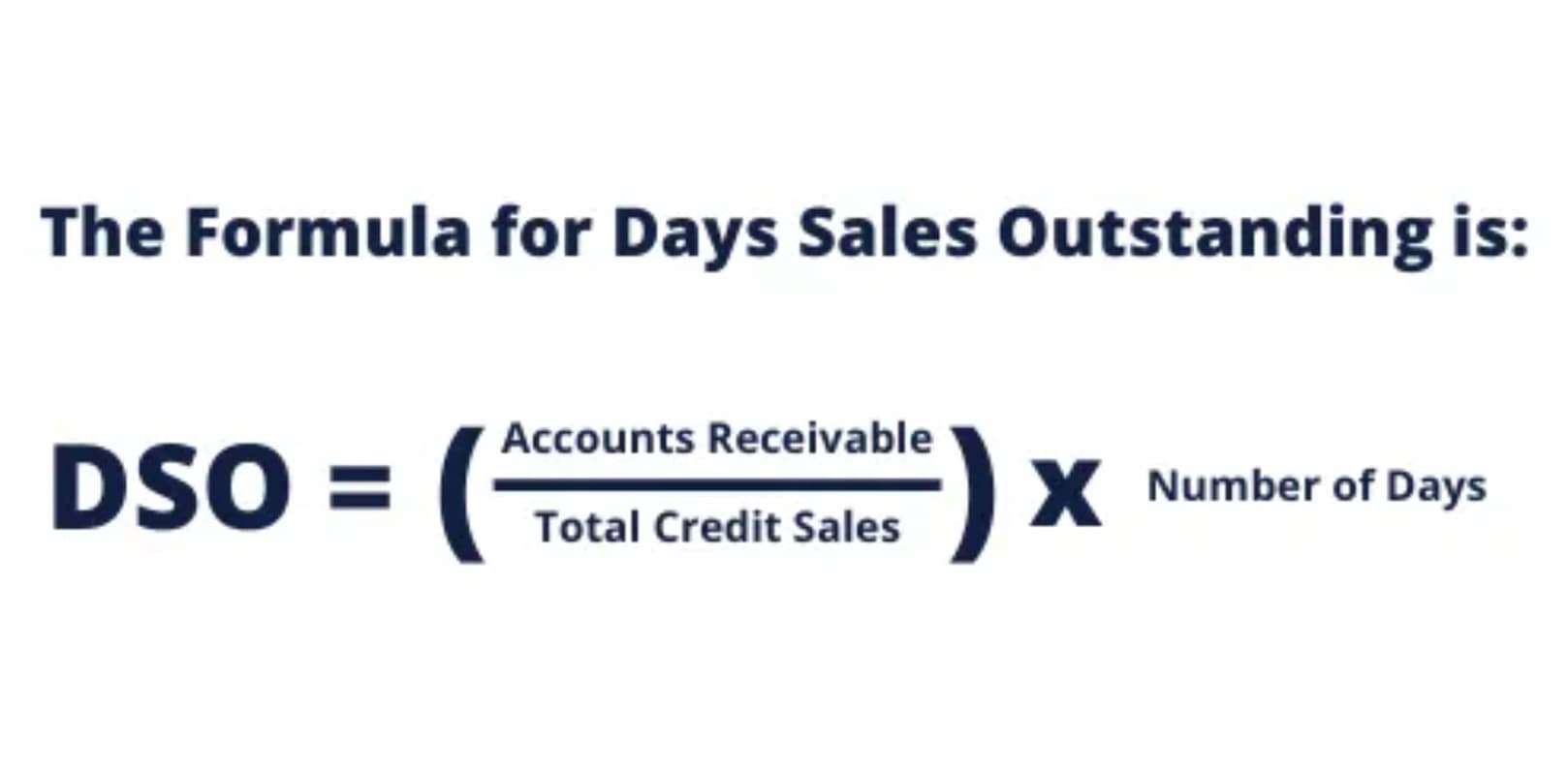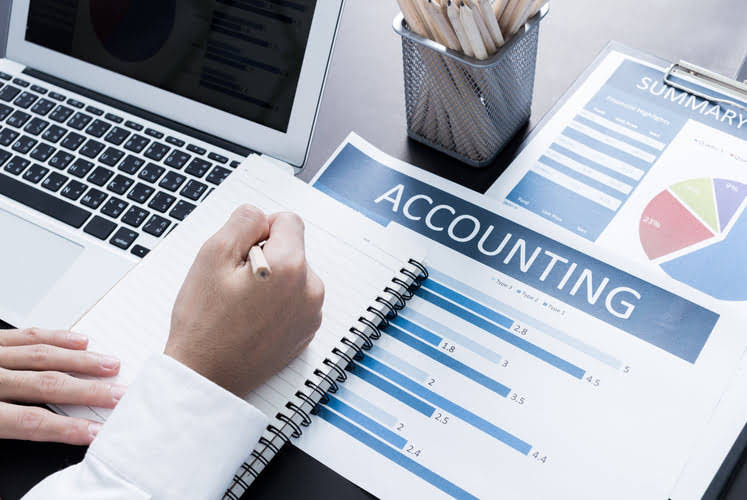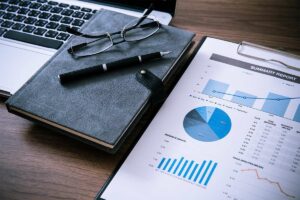
For the second year, the adjusted basis of the computer is $4,750. You figure this by subtracting the first year’s depreciation ($250) from the basis of the computer ($5,000). Your depreciation deduction for the second year is $1,900 ($4,750 × 0.40).

Get Your Questions Answered and Book a Free Call if Necessary
You also generally continue to use the longer recovery period and less accelerated depreciation method of the acquired property. You figure the SL depreciation rate by dividing 1 by 4.5, the number of years remaining in the recovery period. (Based on the half-year convention, you used only half a year of the recovery https://www.bookstime.com/articles/financial-leverage period in the first year.) You multiply the reduced adjusted basis ($800) by the result (22.22%). If you hold the property for the entire recovery period, your depreciation deduction for the year that includes the final month of the recovery period is the amount of your unrecovered basis in the property.
Unrecaptured Section 1250 Gain

It reports an equal depreciation expense each year throughout the entire useful life of the asset until the asset is depreciated down to its salvage value. It is determined by estimating the number of units that can be produced before the property is worn out. If you acquire a passenger automobile in a trade-in, depreciate the carryover basis separately as if the trade-in did not occur. Depreciate the part of the new automobile’s basis that exceeds its carryover basis (excess basis) as if it were newly placed in service property. This excess basis is the additional cash paid for the new automobile in the trade-in. If your business use of the car had been less than 100% during any year, your depreciation deduction would have been less than the maximum amount allowable for that year.
How confident are you in your long term financial plan?
After the dollar limit (reduced for any nonpartnership section 179 costs over $2,890,000) is applied, any remaining cost of the partnership and nonpartnership section 179 property is subject to the business income limit. In general, figure taxable income for this purpose by totaling the net income and losses from all trades and businesses you actively conducted during the year. Net income or loss from a trade or business includes the following items.

What is bonus depreciation?
The loss on an asset that arises from depreciation is a direct consequence of the services that the asset gives to its owner. Save taxes with Clear by investing in tax saving mutual funds (ELSS) online. Our experts suggest the best funds and you can get high returns by investing directly or through SIP. Download Black by ClearTax App to file returns from your mobile phone. It can reach zero (0) after depreciation has fully exhausted the original asset value, but it cannot go below zero. We commonly assume rational decision-makers make investment decisions based on projected impacts on wealth.
- Do this by multiplying the depreciation for a full tax year by a fraction.
- You figure the depreciation rate under the 200% DB method by dividing 2 (200%) by 5 (the number of years in the recovery period).
- For a business entity that is not a corporation, a 5% owner is any person who owns more than 5% of the capital or profits interest in the business.
- Your information is kept secure and not shared unless you specify.
- Straight-line depreciation is a good option for small businesses with simple accounting systems or businesses where the business owner prepares and files the tax return.
- If an asset has a 5-year expected lifespan, two-fifths of its depreciable cost is deducted in the first year, versus one-fifth with Straight-line.
A corporation’s taxable income from its active conduct of any trade or business is its taxable income figured with the following changes. The facts are the same as in the previous example, except that you elected to deduct $300,000 of the cost of section 179 property on your separate return and your spouse elected to deduct $20,000. After the due examples of depreciable assets date of your returns, you and your spouse file a joint return. In 2023, you bought and placed in service $1,160,000 in machinery and a $25,000 circular saw for your business. You elect to deduct $1,135,000 for the machinery and the entire $25,000 for the saw, a total of $1,160,000. Your $25,000 deduction for the saw completely recovered its cost.

- In June, the corporation gave a charitable contribution of $10,000.
- The time period over which an asset is depreciated depends on its classification.
- Both methods appear very similar but they’re philosophically different.
- The permanent withdrawal from use in a trade or business or from the production of income.
- If you use the property more than 50% for business, multiply the cost of the property by the percentage of business use.
- At the end of the year, accumulated depreciation for the year is shown on the business financial statements, along with the initial cost of all the property being depreciated.
- Special rules apply in determining the basis and figuring the MACRS depreciation deduction and special depreciation allowance for property acquired in a like-kind exchange or involuntary conversion.
If this convention applies, you deduct a half-year of depreciation for the first year and the last year that you depreciate the property. You deduct a full year of depreciation for any other year during the recovery period. To help you figure your deduction under MACRS, the IRS has established percentage tables that incorporate the applicable convention and depreciation method. These percentage tables are in Appendix A near the end of this publication. The recovery period of property is the number of years over which you recover its cost or other basis. It is determined based on the depreciation system (GDS or ADS) used.


